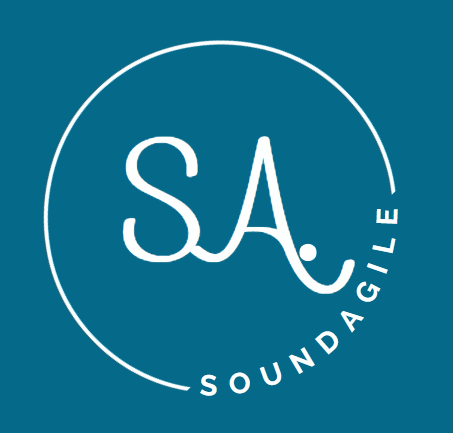Our traditional ways of managing software development projects center around generating ideas that are deemed valuable and then attempting to estimate at a detailed level the effort involved by having a team of people work to document ‘all’ of the requirements up front before the project even begins. These projects often will take many months to complete before anything of value can be delivered to the business.
Agile focuses on delivering value as quickly as possible, often within 2 weeks to 2 months. Lean focuses on maximizing work not done, which combined with Agile speaks to doing less as a part of our delivery process.
But what do we mean by less when looking at taking on a large feature/product development effort?
There are couple of ways that this comes into play:
1. Software is often littered with features that someone thought would be important to the customer, yet fails to deliver the value (need) to the customer. Worse still this code becomes part of our legacy application, stuff we have to code around and test against regardless if the feature is being used or not.
2. Often the perceived value of something changes once the project begins, causing the business to pull the plug on work before it is complete and anything of value can be derived by your software development team. This is costly both in terms if financing and employee happiness.
In both cases the business has expended money to have software developed with the end result being the business received reduced or no value.
When looking at Agile Product/Project Management we are asking the business to act not just as the agent of funding but as the consumer of the work as well. Too often the business is a distant or non-existent participant with respect to how their product is unfolding. Instead they rely on project plan updates that speak solely to progress against the agreed upon scope of the project at its inception over viewing what has actually been developed and delivered to date.
In an Agile setting business needs to review the work at regular touch points, often the Sprint review and actually see what is being developed. There is often a great difference between what the business ‘thinks’ they want and what they actually need. Seeing working software lets them see their idea in action, often with enlightening results. What they envisioned may not in fact be what they are seeing and more importantly not what they need (the value). They funded a Ferrari but maybe only needed a good old family sedan.
Business is typically missing in this very powerful process in Agile, a process which allows them to make course corrections and even stop working on features as soon as they reach their maximum value.
At one large entertainment organization I worked for several years ago, the business had us working on a large rewrite of a heavily used widget that resided on hundreds of thousands of pages. After performing a Discovery and Story mapping session we determined that the work should be done in three releases. At the end of the first release the business reviewed what we had completed and decided that this was actually good enough and then pivoted us to working on an even more valuable redesign of a key customer facing web app.
In the waterfall days the work that we did for that first release would have been put on the shelf, the money invested would have delivered no value to the business. With Agile we were able to complete the work and deploy to production, providing the business real value for their investment. They made the decision to stop this work and move on to more valuable work.
The Art of Doing less is about developing more mature approaches to how your organization funds and manages work. Instead of funding projects fund your teams, allowing for work to flow to them over having them focus on managing project scope to the bitter end of the project.
Move away from believing you have to have fixed scope to one that understands that Agile is about powerful flexibility and maximizing the value of the work that we do, while minimizing the amount of legacy code we leave behind.
A legacy system that is littered with large amounts of un-needed or under-utilized capabilities is code that is harder to scale, develop in and test against. When your teams talk to you about Tech Debt, this is what they are referring to and as a business you are both a direct owner and contributor to this reality.
The Art of Doing less brings with it a greater ability to maximize an organizations investment in its software and product development.
The focus for business should be on what is needed not what is wanted. Project funding models encourage asking for more than is needed so one of the first things you need to do is to move to a team based funding model. Develop a framework to assess value and risk so you can appropriately prioritize work as it flows through your teams.
Understand that each of your Scrum teams has a fixed cost (~40k per sprint), this should guide you further in questioning what you want your teams to work on. At some point in time in most projects there comes a point where there is a diminishing value relative to the investment.
Lean and the Art of Doing less requires changing your organizational mindset to understand there is also value in work NOT done.



